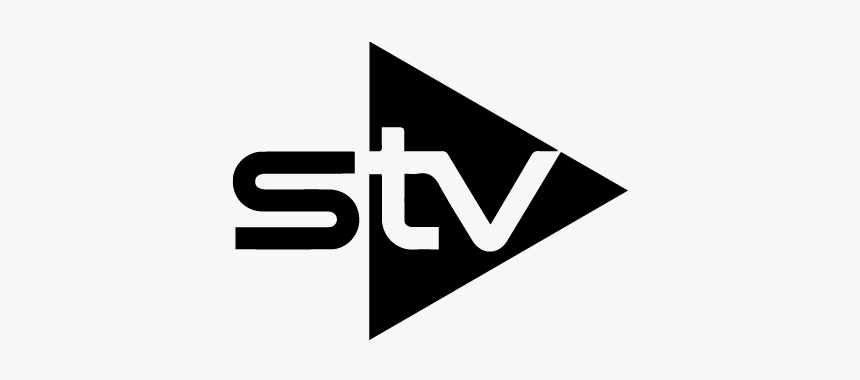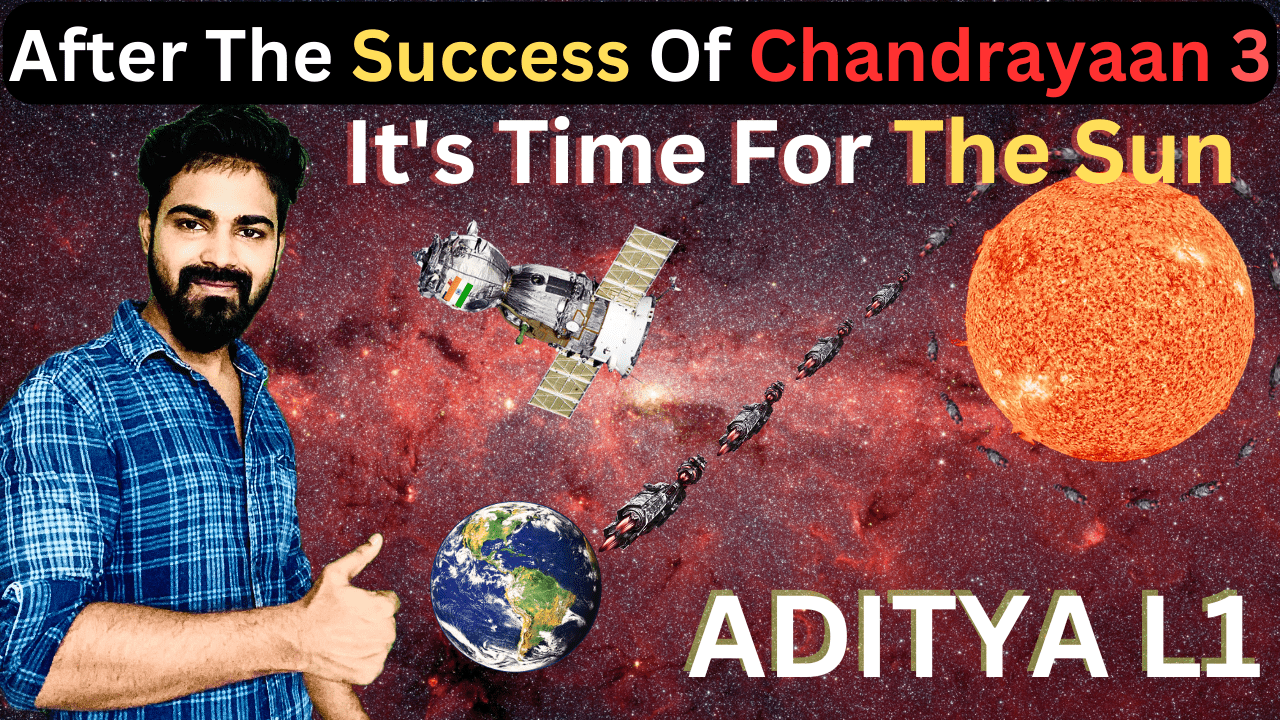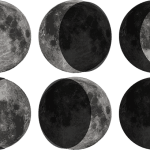You must be aware that recently we Indians have achieved what until now few countries attempted but couldn’t succeed in. That is, no country had successfully landed on the south pole of the moon until now. On August 23, 2023, India’s Chandrayaan 3, at 6:02 AM, achieved a successful landing on the southern pole of the moon. This accomplishment has propelled India’s name further in the global arena of science and technology. This achievement is not only going to benefit India financially but also signifies a significant step forward.
Moreover, following the successful lunar landing of Chandrayaan 3, India has already formulated plans to send the Aditya L1 satellite to the vicinity of the Sun. This initiative will not only add to India’s scientific endeavors but also open up potential financial gains. So, let’s delve into the details of the Aditya L1 satellite
The “Aditya L1 mission” is a proposed space mission by the Indian Space Research Organisation (ISRO) that aims to be sent to Sun’s Lagrange Point 1 (L1). The mission’s name is derived from the Sanskrit word ‘Aditya’, which is another name for the Sun, and ‘L1’ refers to the Lagrange Point 1 of the Sun-Earth system.
Lagrange Point 1, or L1 point, is a location where the gravitational forces between the two celestial bodies, the Sun and Earth, are balanced. L1 point is also referred to as a “libration point” or “Lagrangian point.” It’s a place of relative stability, akin to a gravitational midpoint between Earth and Sun’s pulls. This means that if an object is positioned in a specific way around the L1 point, it remains relatively stationary between the gravitational forces of the Sun and Earth.This location is approximately 1.5 million kilometers away from Earth, in the direction of the Sun.
The objective of the Aditya L1 mission is to further explore the study of the Sun’s corona and solar wind. The corona is a luminous layer of gaseous material that surrounds the Sun. Additionally, solar wind refers to the flux of charged particles emitted by the Sun, which is influenced by both sunlight and the Sun’s magnetic field. Studying these phenomena is important for us because it helps us understand how sunlight and its affected regions impact Earth and our technology.
This mission aims to study the Sun’s corona primarily in the ultraviolet and visible light spectra. It will feature a solar coronagraph, an instrument designed to block the Sun’s light, allowing for a detailed study of the corona.
The mission will also include a Solar Wind Particle Experiment instrument, which will analyze solar wind particles. To study the Sun’s magnetic field, a magnetometer will be employed, and an X-ray spectrometer has been integrated to examine the Sun’s X-ray emissions.
The Aditya L1 mission is scheduled to be launched from the Satish Dhawan Space Centre via a PSLV (Polar Satellite Launch Vehicle) rocket in September 2023. It was from the same center that Chandrayaan 3 was also successfully launched using a PSLV rocket, resulting in a successful landing.
The Aditya L1 spacecraft is expected to have a weight of around 400 kilograms and a budget of approximately 380 crore rupees.
Once the spacecraft begins its journey towards L1, it will exit Earth’s gravitational Sphere of Influence (SOI). After leaving the Sphere of Influence, the travel phase will commence, and subsequently, the spacecraft will be maneuvered into a large halo orbit around the vicinity of L1. The entire journey, starting from the launch of the Aditya L1 satellite until it reaches L1, is projected to take approximately four months.







